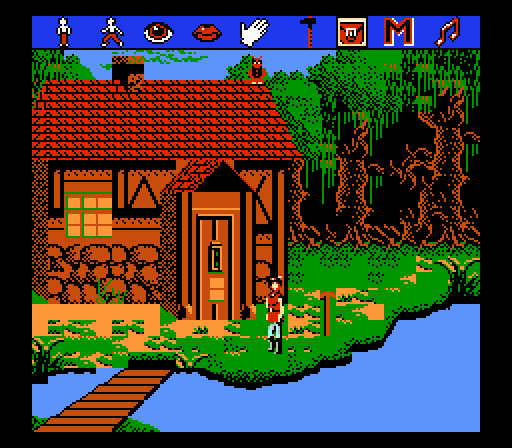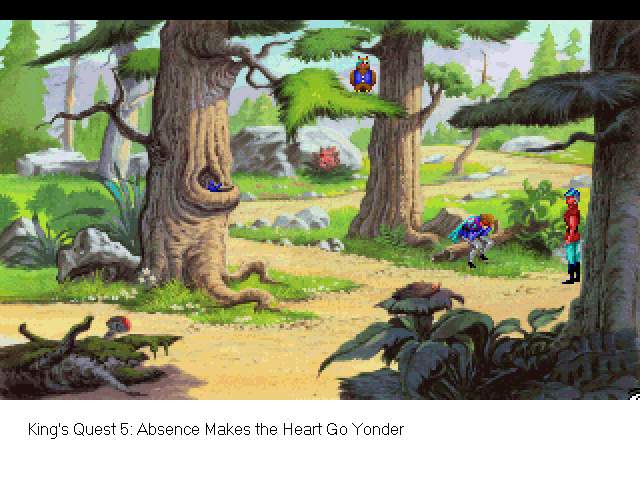This is a pretty neat take on the old idea of console vs. PC.
I guess there's no way to settle this unless I could try out some games on emulator I guess, but I meant this as a discussion more about the complexity of the game itself rather than just plain ol' graphics.
Thexder was great. You had lazers and forcefields. You can turn into a freaking jet! Awesome! Definitely an arcadey game.
A favorite of mine is "Faxanadu." One of the few games where you could change the appearance of your avatar as you played: equip better armor as you progress, new weapons, new spells! It's also an abbreviation of "FAMCIOM XANADU" so you can look at the routes for the game right there...
And Thexder was awesome until you meet.......... The Guardian Legend! It was a girl who explored Zelda-style on a top down perspective world then turned into a jet for space shooting boss levels! :D
For some odd reason, "The Last Ninja 2" was ported onto NES as plain ol' "The Last Ninja." It took a few mins to figure my out of the first couple areas... and then I got killed!

Again and again. Ganked.
Computer's Maniac Mansion was ported to NES and gave an extreme off-beat game experience.
But how about Super Mario Bros? You can stomp a goomba and kill it. Or you can hit the blocks beneath the goomba to kill it. Or yould stomp a turtle shell & kick it into other monsters for chain reaction. Careful you don't bounce the shell into a wall of some kind or your weapon can kill you! :D Love! The mechanics just got better with each sequel!
What computer game offers the.... well.... exploration of the orginal Legend of Zelda??? (I'm not a huge fan of this game. I could only find the first dungeon and got bored wandering too easily...) But anyway, there was a reason NES ruled the gaming world. (People who owned them were myopic tools! That's why!) :D
Now graphics abilities has rather little to do with CPU or amount of RAM. The PPU in Famicom/NES indeed is a remarkable design given it must've been designed in 1982 as the first Famicom went on the market in 1983. Compare with the C64 that went on the market in the fall of 1982, so Nintendo roughly had one more year of development. Also compare with arcade game hardware of the day to see what could be done and for how much money.
I would have to disagree. The beauty of NES tech was on the large cartridges. If a game was too complex for the original NES to handle it, then a new spankin new chip was introduced via the cartridge! I forget the chip's name, but it was only used in Punch-Out! :D Yahoo!


